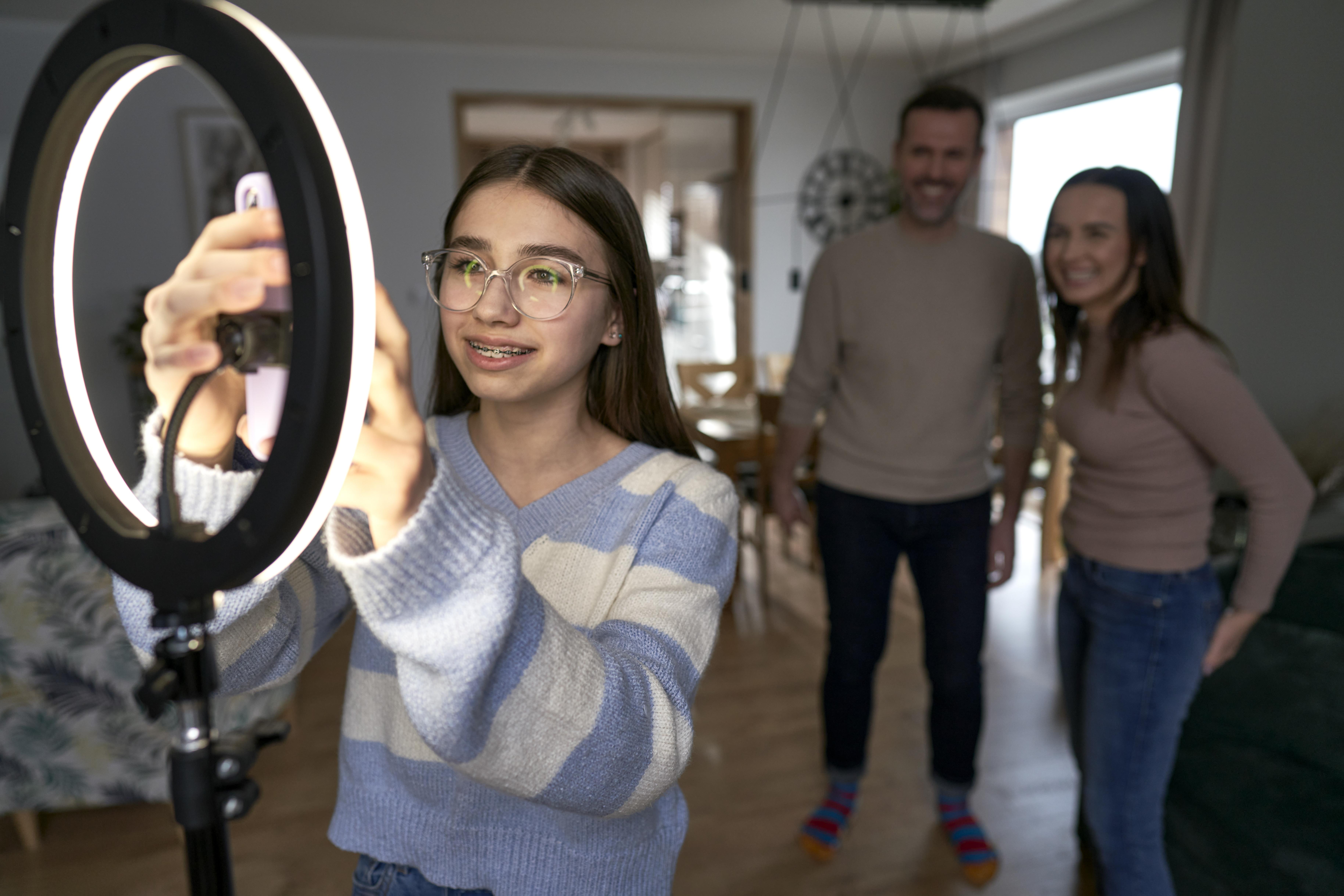Understanding the Silent Struggle: Key Insights into Teenage Eating Disorders
The Role of Family Dynamics

Family dynamics can significantly influence the development and progression of eating disorders in teenagers. Families provide the primary social environment in which children and adolescents learn about food, body image, and self-worth. Dysfunctional family dynamics, such as high levels of conflict, criticism, or enmeshment, can contribute to the development of eating disorders by creating an environment in which teenagers feel unsupported or misunderstood.
Parental attitudes and behaviors regarding food and body image can also play a role in the development of eating disorders. Parents who place a strong emphasis on dieting, weight control, or appearance may inadvertently convey to their children that their worth is contingent upon their physical appearance. Additionally, parents who model disordered eating behaviors or engage in negative self-talk about their own bodies can influence their children's attitudes toward food and body image.
Conversely, supportive and nurturing family environments can serve as protective factors against eating disorders. Families that encourage open communication, validate emotions, and promote healthy eating habits can help teenagers develop a positive self-image and healthy relationship with food. Family-based therapy, which involves the entire family in the treatment process, has been shown to be an effective intervention for teenagers with eating disorders. By addressing family dynamics and fostering a supportive environment, families can play a crucial role in the recovery process.
Media and Technology: Double-Edged Sword

In the digital age, media and technology have become pervasive influences on teenagers' lives, shaping their perceptions of body image and beauty. Social media platforms, in particular, can have a profound impact on teenagers' self-esteem and eating behaviors. On one hand, these platforms provide opportunities for self-expression and connection with others. On the other hand, they can also expose teenagers to unrealistic and idealized images of beauty that can contribute to body dissatisfaction and disordered eating.
The constant exposure to images of thin or toned bodies on social media can create a distorted perception of what is considered "normal" or "desirable." Teenagers may feel pressured to conform to these standards, leading to unhealthy dieting behaviors or the development of eating disorders. The use of photo-editing apps and filters can further exacerbate these issues by promoting unattainable beauty ideals. Additionally, the anonymity of social media can facilitate cyberbullying and negative comments about appearance, which can further damage teenagers' self-esteem.
Despite these challenges, media and technology can also be harnessed as tools for positive change. Online communities and support groups can provide a sense of belonging and validation for teenagers struggling with eating disorders. Educational campaigns that promote body positivity and diversity can challenge harmful beauty standards and encourage teenagers to embrace their unique qualities. By leveraging the power of media and technology, we can create a more inclusive and supportive digital landscape for teenagers.
